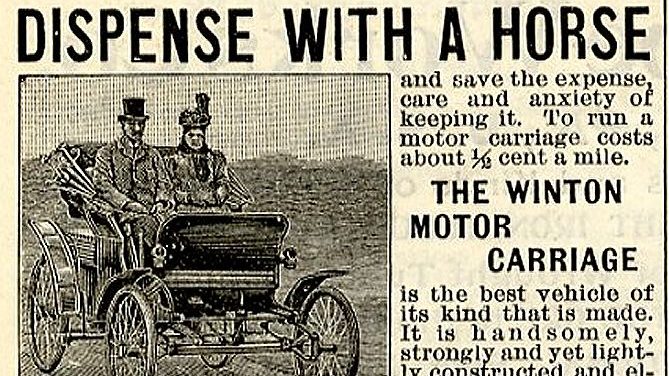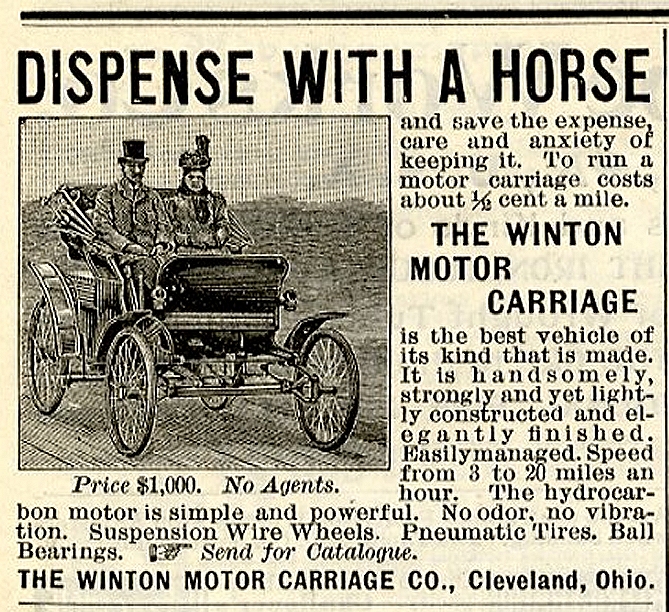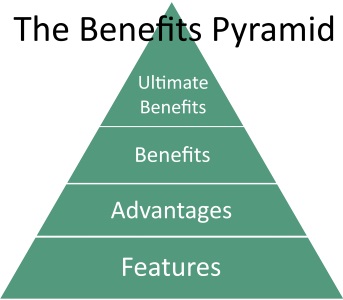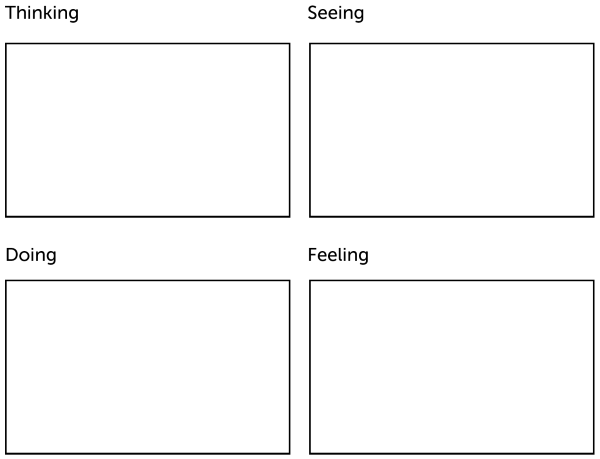A brilliant example of features and benefits was the very first ad for an automobile. It appeared in the August 13, 1898 of Scientific American by the Winton Motor Carriage Co. of Cleveland, Ohio.
The jaw dropping headline read:
Dispense with a horse and save the expense, care and anxiety of keeping it
In 1898 this would have been a head-turning, utterly fascinating headline. Not just for the novelty of being the first automobile ad seen, but also the huge benefit that the Winton Carriage could offer potential buyers of their horseless carriage.
The headline says nothing about the vehicle and its fantastic features. That comes later.
Instead the headline drills into the immediate benefit of saving on the expense and care of owning a horse. Then there’s the transition into the ultimate benefit which is reducing the anxiety of keeping a horse.
The features of the vehicle follow on from the headline.
When making a purchase, people make decisions at a deep-rooted emotional level and then justify it with facts and features.
Whoever wrote the copy for this historic advertisement understood the concept of selling with benefits and supporting with features.
This short post is a follow-up to my recent article on the difference between features and benefits.







